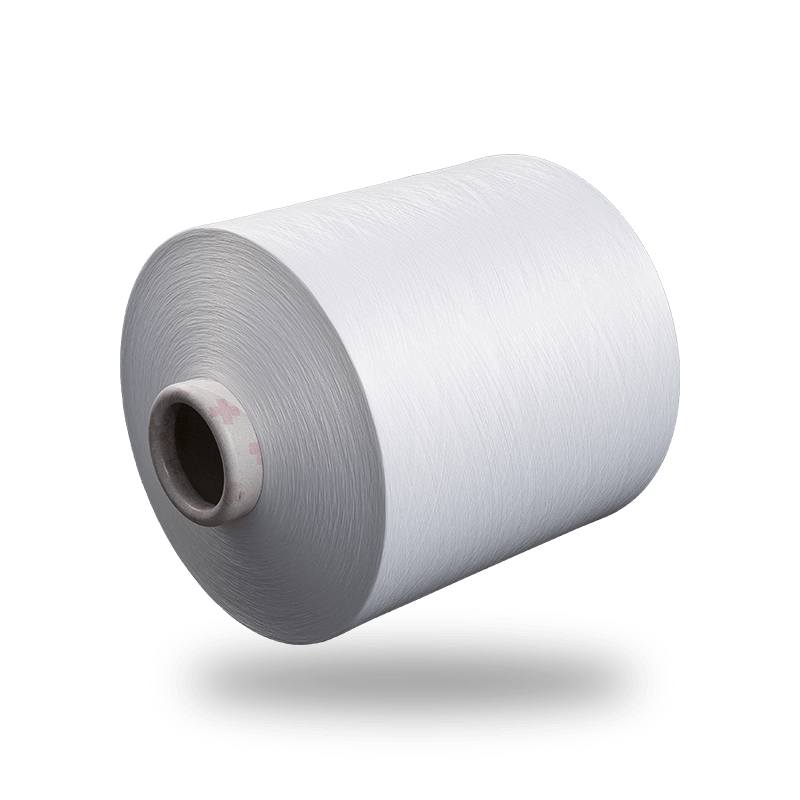Spandex Air Covered Yarn (ACY) is a crucial component in the textile industry, renowned for its unique combination of elasticity and durability. The production of Spandex ACY involves intricate processes and stringent quality control measures to ensure the final product meets industry standards and customer expectations. The journey of Spandex ACY from raw materials to the final yarn involves a series of detailed inspections and tests, aimed at maintaining the highest quality.
The quality control process begins with the inspection of raw materials. Spandex, known for its exceptional elasticity and resilience, must be scrutinized for its stretchability, strength, and uniformity. Similarly, the covering fibers, typically nylon or polyester, are evaluated for consistency in denier, tensile strength, and the absence of defects. This initial stage is crucial because the quality of the raw materials directly impacts the performance and durability of the final yarn.
During production, controlling the air jet covering process is paramount. This process, which involves wrapping the spandex core with the covering fibers using air jets, must be meticulously monitored. Parameters such as air pressure, speed, and temperature are carefully regulated to ensure consistent and even wrapping. Tension control is equally important, as maintaining the correct tension in both the spandex and the covering fibers prevents breakage and ensures uniformity. These measures are essential in producing a high-quality yarn that combines the elasticity of spandex with the strength and wear resistance of nylon or polyester.
Once the yarn is produced, it undergoes rigorous testing to evaluate its properties. The elasticity and stretch are measured to ensure the yarn can recover its shape after stretching, which is a critical attribute for applications like activewear and sportswear. Tensile strength tests determine the yarn's ability to withstand stretching and wear, ensuring its durability. The evenness and uniformity of the yarn are also assessed, as inconsistencies can lead to defects in the final fabric. Visual inspections and electronic inspection systems are employed to detect surface defects, irregularities, or inconsistencies, further ensuring the yarn's quality.
Color fastness is another crucial aspect of quality control. Spandex ACY must exhibit excellent color mixing effects during dyeing, resulting in vibrant and consistent colors in the final fabric. Tests for color fastness to light, washing, and rubbing are conducted to ensure the yarn retains its color during use. This property is particularly important for garments that undergo frequent washing and exposure to sunlight, such as swimwear and sportswear.
Moisture content is also monitored, as the correct moisture level is essential for maintaining the yarn's physical properties. Too much moisture can lead to mold and mildew, while too little can cause brittleness. Therefore, moisture regain testing is performed to ensure the yarn has the optimal moisture content.
Maintaining a controlled environment during production is critical. The temperature and humidity levels in the production area are regulated to ensure consistency in yarn quality. Environmental conditions can affect the properties of both spandex and the covering fibers, so controlling these factors helps in producing a uniform and high-quality product.

Batch consistency is another key area of focus. Tests are conducted on different batches to ensure consistency across production runs. Detailed records of each batch, including raw material batches, production parameters, and test results, are kept to trace any issues back to their source and maintain a high standard of quality throughout the production process.
The final stages of quality control involve inspecting the packaging. Proper winding of the yarn onto cones or spools without tension variations or overlaps is crucial. Accurate labeling of the yarn with details such as batch number, production date, and quality certification ensures traceability and compliance with customer specifications.
The production of Spandex ACY involves a comprehensive quality control process that starts with raw material inspection and continues through to the final product. By meticulously monitoring and controlling every stage of production, manufacturers ensure that Spandex ACY retains its superior properties of elasticity and durability, making it an ideal choice for a wide range of applications. These stringent quality control measures not only guarantee the performance and reliability of Spandex ACY but also enhance its commercial value and appeal in the competitive textile market.


 English
English 中文简体
中文简体 Español
Español عربى
عربى










